A jungle is defined as land densely overgrown with tropical vegetation. A place overgrown with tropical vegetation is sure to be teaming with flora and fauna. Due to the impenetrable nature of jungles, they can be difficult places to hike and adventure travel in, but the reward of a jungle expedition is great.
African jungles and Amazon jungles are probably the most famous, but they exist throughout the world in tropical zones in Asia, Central and South America, Africa, Oceania, and even in Florida in North America. Here are five which I have either visited lately or want to travel to in the near future. If there is a jungle I missed, pleased make recommendations in the comment field.
1. Corcovado National Park – Costa Rica
National Geographic calls Corcovado National Park on Costa Rica’s Osa Peninsula one of the most biologically intense places in the world. Five percent of the world’s animal life exist here. Highlights include Baird’s Tapir, squirrel monkey, howler monkey, jaguar, puma, crocodiles, scarlet macaws, chestnut mandibled toucans, and the list could go on and on.
There are a variety of ways to access the park. You can fly in from Puerto Jimenez, boat in from Drake Bay, or hike in from Carate, Los Patos, or San Pedrillo. A guide is highly recommended in order to avoid getting lost and for help in spotting wildlife.
2. Khao Yai National Park – Thailand
The masses who visit Thailand go straight from Bangkok to Chiang Mai and many skip Khao Yai either due to ignorance or inconvenience. The park is home to a small tiger population, elephants, clouded leopards, hornbills, deer, monitor lizards, and wild dogs to name a few.
To get to Khao Yai take a bus to Pak Chong from Bangkok’s Mo Chit bus station. From Pak Chong take a Sǎwngthǎew (a pick up truck with passenger benches in the back) to the gates of Khao Yai. The campground and ranger station is 13 kilometers from the gates. The only option from here is to hitchhike. Don’t worry, it is completely safe. I got picked up within five minutes. You might even make new friends. The lads that picked me up invited me to camp with them.
Everything you need can be obtained inside the park. Guides can be procured for a reasonable price at the ranger station. There are also two restaurants inside the park as well as a campground where you can rent sleeping bags and tents. It is also possible to get a ride for a fee from the ranger station back to the park gates.
3. Borneo
I have never been to Borneo, but it is on my bucket list thanks to a great guest post Cumi and Ciki. Borneo is the third largest island in the world and divided among three countries: Brunei, Malaysia, and Indonesia. Borneo is a huge swath of wilderness spanning 287,000 square miles and is home to clouded leopards, gibbons, the Sumatran rhinoceros, orangutans, Asian elephants, and many others. The best way to get to Borneo is by air from Kuala Lampur to airports in either Sarawak or Sabah.
4. The Sundarbans National Park – India
The Sundarbans National Park is the largest estuarine mangrove forest in the world and is a gigantic delta formed by the rivers Ganges, Brahmaputra and Meghna. It is most famous for being a tiger reserve with up to 400 of these critically endangered species. The tigers found in the Sundarbans are notorious for their man-eating tendencies: according to a PBS special, 50-100 people are killed by tigers in or near the Sundarbans each year. Almost all of those killed are locals who either fish or gather honey inside the park.
As a tourist the danger of a tiger attack is slim, but because of the danger an experienced guide is a must if traveling overland. Other animal highlights include spotted deer, saltwater crocodiles, and cobras. The bird life is also incredible inside the park as there are 248 species found among the mangroves including gray-headed fishing eagle, Asian open bill stork, and the mangrove whistler.
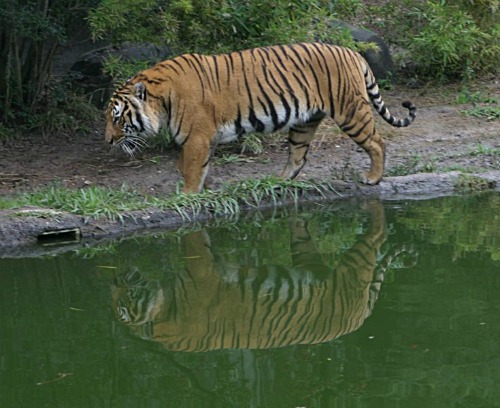
The main draw to the Sundarbans is the Bengal Tiger – Share and share alike Cburnett – Wikimedia commons
5. The Everglades National Park and Big Cypress National Preserve
The Everglades means “river of grass” and is most often considered a swamp; however, it is overgrown with tropical vegetation as it is the state farthest south in the United States. To the north of the park is the often overlooked Big Cypress National Preserve, which is almost as big as the Everglades and just as interesting.
The Everglades is a birder’s paradise with herons, egrets, ibises, wood storks, roseate spoonbills, anhingas, osprey, and gallinules in abundance. Alligators abound in every pool of water and crocodiles are also often spotted near Flamingo.
Flamingo is the gateway to the park and is located south of Homestead, Florida on route 9336. There is also an entryway off the Tamiami Trail west of Miami (U.S. 41). There is an eleven mile paved road at Shark Valley that can either be walked, biked, or for a fee one can ride a tram. From Shark Valley, continue west on U.S. 41 where the road enters the Big Cypress, home to the threatened Florida panther.
6. Your recommendation
There are many jungle across the tropical zone around the world. Where would you recommend. Please leave a jungle destination in the comment box.
The goal of Traveling Ted is to inspire people to outdoor adventure travel and then provide tips on where and how to go. If you liked this post then enter your email in the box to get email notifications for each new entry. Daily travel photos are excluded from your email in order to not flood you with posts. There is no spam and email information will not be shared. Other e-follow options include Facebook (click on the like box to the right) or twitter (click on the pretty bird on the rainbow above).
On the right sidebar is a donate button. If you would like to donate in order to support the site, it would be appreciated. All donations would cover travel expenses and improvements to make the site better.







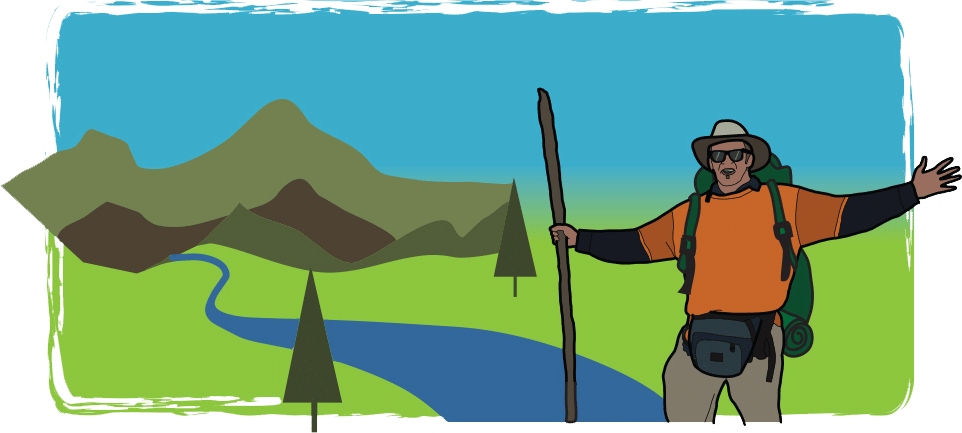
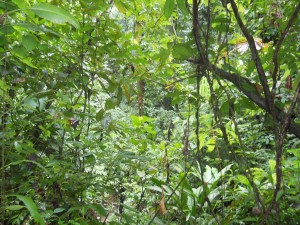


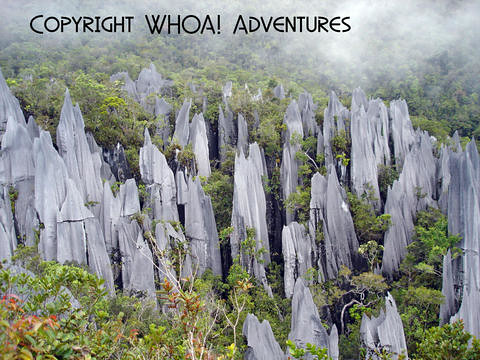
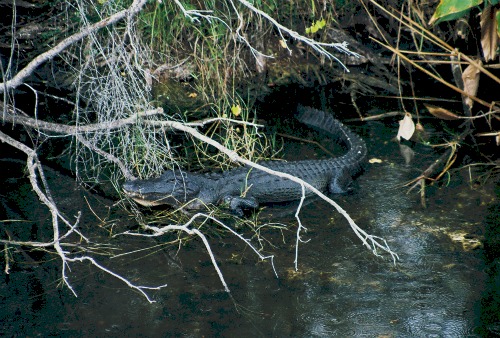

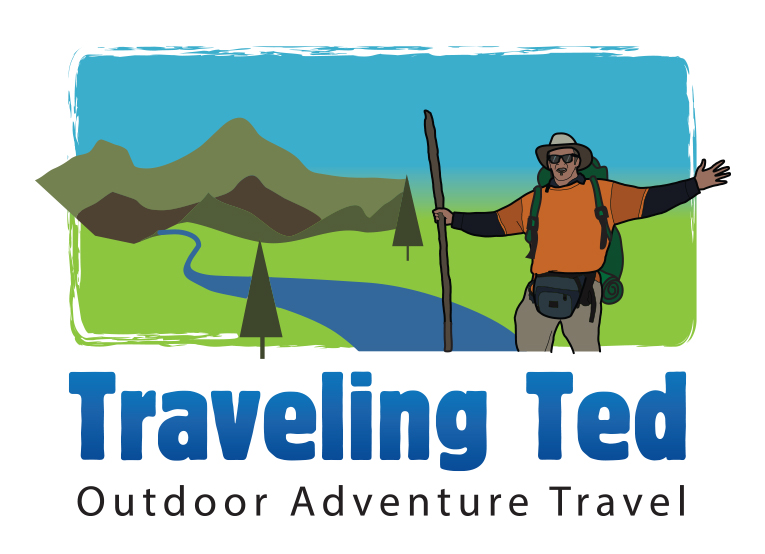
What a variety of tropical options…thanks..I’ve seen a few monkeys on Las Vegas Blvd from time to time..
Cheers..
Love the bird photo! I’d really like to visit a jungle, but I have serious snake, croc/gater and bug issues. Photos will have to do!
santafetraveler recently posted..My favorite 2011 Photo of the Week
It is surprising how overblown these fears turn out to be once inside the jungles. In Khao Yai there were no mosquitoes and in Corcovado there were very few even in the rainy season. Have seen very few snakes while exploring jungles. The danger of snakes is probably greater or as great in the desert southwest.
Ted, if I was only 30 years younger and single this would be a lot more fun than all the theme parks here in Orlando. Your adventure travels are very inspiring.It would be great if you published a series of affordable ebooks somethink akin to those hitchhikers guides from years back. My duaghter has gotten the travel bug from me. She’s got a few countries in Eurpoe, Southeast Asia and Caribbean under her belt. If you come up with some ebooks please let me. What do you planned next? next
Next on the horizon is Carnivale in Trinidad & Tobago and then back to Costa Rica in April. Should be a good year!
Another kewl post regarding traveling this beautiful world of ours! Looking forward to the post where you share taking a picture of a tiger up that close, in the jungle!
Robb714 recently posted..Handling The Holidays
I just hope that is not a posthumous post 🙂
It was nice to stumble on your blog and I have actually enjoyed following your travels and experiences and one more thing you stick eye catching images…keep it up and all the best for 2012
What about the Ciudad Perdida jungle hike in Colombia, near Taganga? I’d highly recommend it!
Leslie recently posted..Valentine’s Day Q+A: Expert tips for traveling as a couple
Really great post Ted. My recommendation is Tikal National Park in Guatemala. It has tons of wildlife and amazing Mayan ruins… It can’t get any better than that! 😉
Lorenzo recently posted..Video: Kriol, the lingua franca of Belize
Hi Lorenzo,
Thanks for the comment and recommendation. You cannot beat Mayan ruins as an added bonus.
🙂 Anytime!
Lorenzo recently posted..Crooked Tree Village, A Neighborhood Of Friendly People… And Wildlife!
Really enjoyed this piece! I know it is a couple of years old but living in Costa Rica and having visited Corcovado this caught my eye. Hope to see the others some day.
Jack Albritton recently posted..How to Find the Best Surf Camps in the World
I definitely would love to revisit Corcovado or any of these 6 places. Since I have written this piece, I did have the good fortune to visit Borneo last December. An amazing island that I could spend months on.